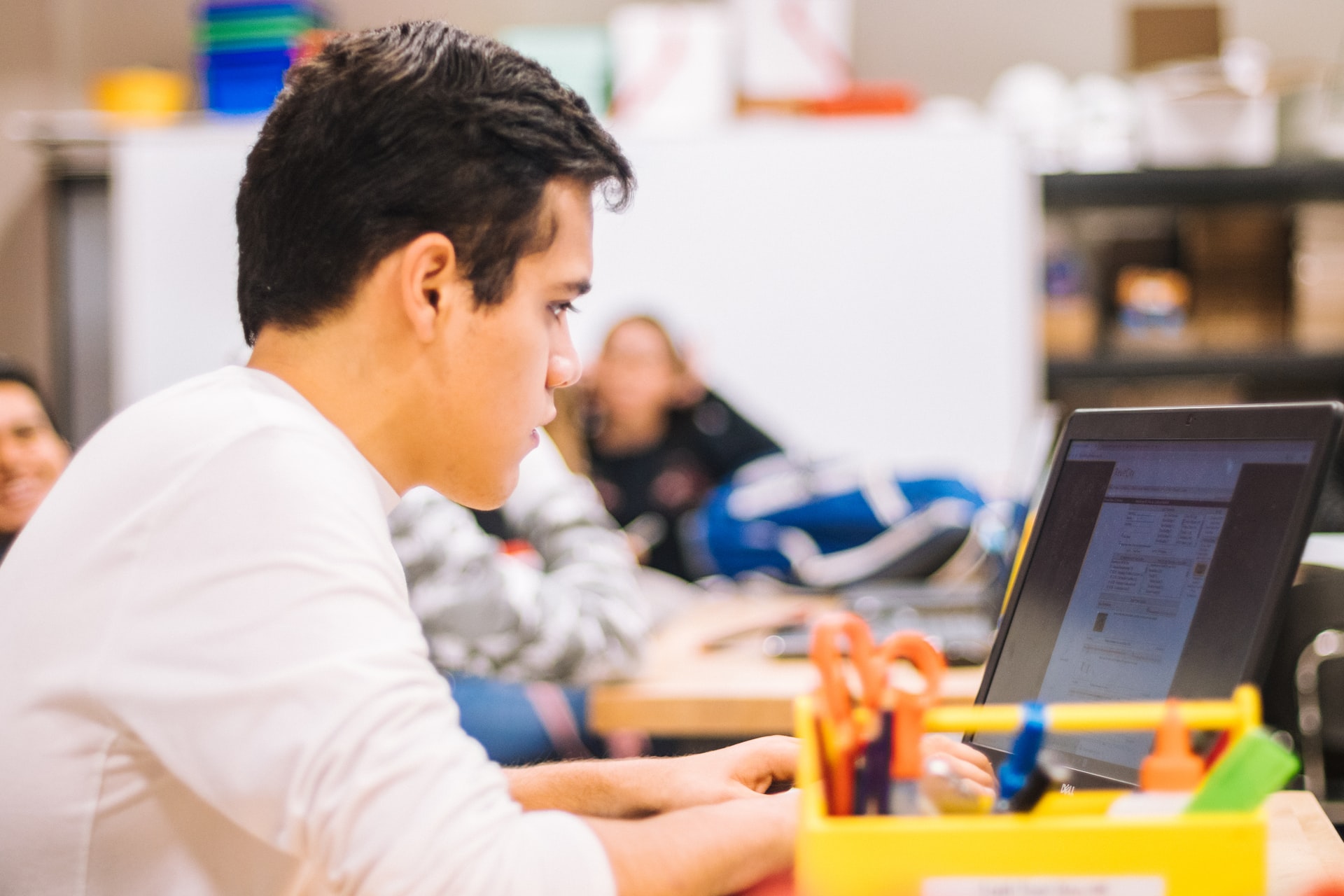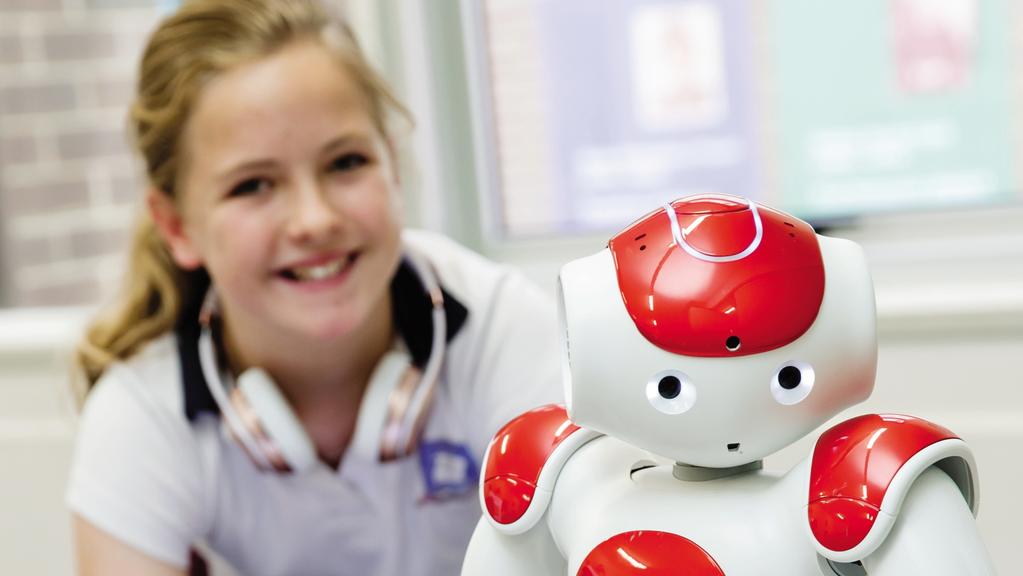 Image source: https://unsplash.com/
Image source: https://unsplash.com/
A monthly after-school activity guides students to have fun exploring science, technology, engineering, and math.
Two years ago my school started a program called STEM Events to provide our students with opportunities to see how the concepts they study in separate classes like chemistry and geometry are really integrated into real-life situations.
The program highlights the connections among the various disciplines of STEM (science, technology, engineering, and math—and sometimes we add the arts, for STEAM). It also encourages our students—all girls—to explore STEM-related concepts in a non-competitive and fun way and to develop a passion for these concepts and disciplines. Women are underrepresented in the STEM fields, so this is particularly worthwhile for our school.
The STEM subjects are important because they provide a basic quantitative description of the world around us—they pervade every aspect of our lives. And the U.S. Department of Commerce has projected that employment in STEM occupations would increase by 8.9 percent from 2014 to 2024, while other occupations are expected to grow by 6.4 percent—and STEM degree holders have a higher average income than workers with other degrees, even when they work in non-STEM careers.
The more we expose our students to the STEM disciplines in both structured (classrooms, competitions, lectures) and unstructured (clubs, summer camps, after-school activities) environments, the more familiar they become with these concepts, activities, and challenges, which is what led us to create our program.
STEM EVENTS: INFORMAL AND FUN
STEM Events is a series of informal gatherings held once a month at the end of the school day for 60 to 75 minutes. Each one is led by a small team of teachers who want to highlight the interdisciplinary nature of what we study in class and what we do in everyday life. These teachers aren’t all teachers of STEM disciplines, although generally at least one of the teachers in each team is a STEM expert. We invite all faculty members to participate and share their interests and hobbies, as there is always a science or math connection.
One of our French teachers, for example, has a passion for origami, which inspired a STEM event called “The Math and Art of Origami.” It introduced students to the idea that the ancient art of paper folding was not only alive and well but also very useful when applied to sciences like biology (heart stents) and astrophysics (space telescopes) because it inspires novel thinking in situations where something has to be packed small and then become bigger at the delivery point. There are also myriad connections between origami and math, some of which were explored in a session at the National Council of Teachers of Mathematics conference in April in Washington, DC.
In other STEM events, students created binary bracelets (using this lesson plan for the main activity, which followed some unplugged computational thinking); built a snow village complete with LED lights; and programmed and 3D-printed cookie cutters and baked cookies with them.
Other popular events included “Patterns in Weaving,” organized and led by an art teacher who had plenty of ideas and resources; “Math Gatherings,” which involved going on a campus-wide math treasure hunt; and a friendly, low-stakes Sprouts tournament with our brother school. (Sprouts is a strategy game created by two mathematicians at Cambridge University in the early 1960s.)
What has worked well for us: interesting, engaging pursuits that students don’t naturally associate with the STEM fields, to emphasize the reach and diversity of such disciplines; hands-on, fun activities that catch the students’ attention and bring home the importance of looking at a challenge from many perspectives in order to understand and appreciate it in depth; and informal, multilayered conversations that encourage making connections, looking for explanations, sharing ideas, collaborating, identifying and understanding the challenges, and problem-solving together. This is not a time for worksheets.
“The girls loved being creative, exploring code, and making jewelry during this STEM activity!” is one of the many positive comments we’ve heard. The popularity of this program explains its endurance despite the pressure of an already jam-packed school day and overscheduled afternoons—I consider it a real victory since initiatives often die off after a few tries. Our students love spending time with their friends and doing something really different from what they do in school and outside of school.
The flexibility in terms of schedule and content of this program is one of its strengths. As its main goal is to spark and sustain curiosity about the STEM disciplines and there is no special curriculum to cover, our teams have been able to set their own schedule according to their own constraints. More importantly, each team can create its own content based on the passions of the teachers and the students. Plus, when many teachers participate, the ideas multiply and the workload decreases.
Learn more about STEM with RobotLAB!

Check our STEM Products and boost your students and enhance their experience with tools that truly bring learning to life.


